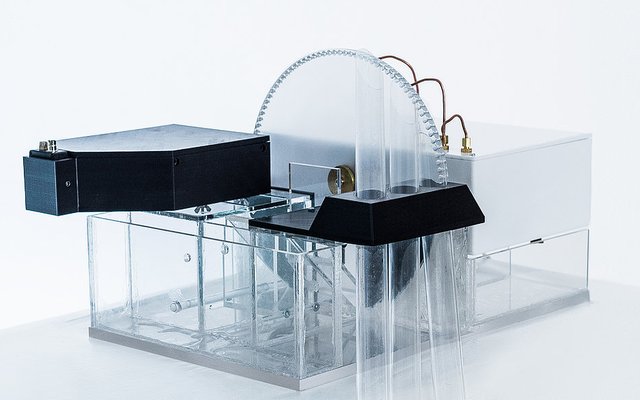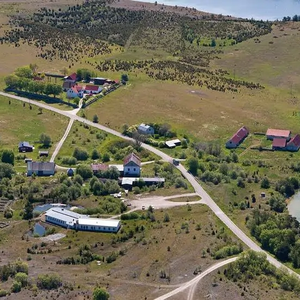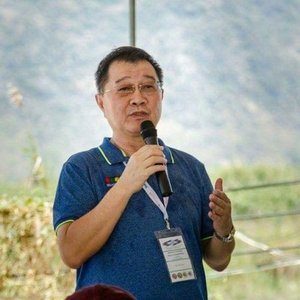IMV Technologies acquired Genetirate, a biotechnology company focused on accelerating the sustainability of aquaculture.
Genetirate was launched in 2018 around a technology capable of identifying and sorting aquatic animal species (fish, crustaceans and mollusks) by their metabolic rate. Genetirate’s founder, Benjamin Renquist of the University of Arizona College of Agriculture and Life Sciences, developed the technology that was patented with the aid of the university’s commercialization arm, Tech Launch Arizona, and licensed from the university. With support from aquaculture investment group Hatch.Blue, Genetirate technology was built into a company.
“We are happy to have identified, invested in and sold a company in just under two years with a technology that will make the sector an order of magnitude more efficient. It’s great to see how our model of investing in sustainable aquaculture innovation and providing in-depth market know-how and network creates value to industry and investors alike,” said Carsten Krome, managing partner at Hatch.
Eric Schmitt, director of innovation, science, and technology at IMV Technologies, said, “we are excited to welcome Genetirate and its team to the IMV Technologies family. Renquist and his lab have developed important technology that we believe should be taken to the market for the benefit of the salmon, trout industries and beyond.”
IMV Technologies entered into the aquaculture industry in the early 2000s with the acquisition of early salmonid egg-sorting technology, the Sustaf. Its presence later expanded to media and solutions for the preservation and storage of milt and eggs. The acquisition of ProSorter technology in 2016 cemented the company’s recognition as a commercial provider of assisted reproduction technology for salmonids.
“With similar customer bases and products and a shared focus on technology development, joining the IMV family was a natural fit,” said Renquist. “IMV will provide the foundation for us to rapidly expand the application of GenetiRate’s technologies to enhance production across the aquaculture industry. We look forward to developing technology to automate our selection process in most species.”













